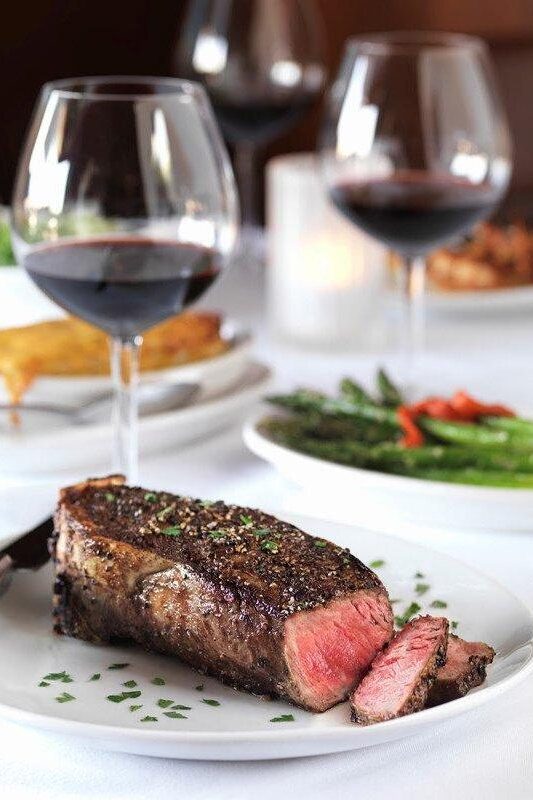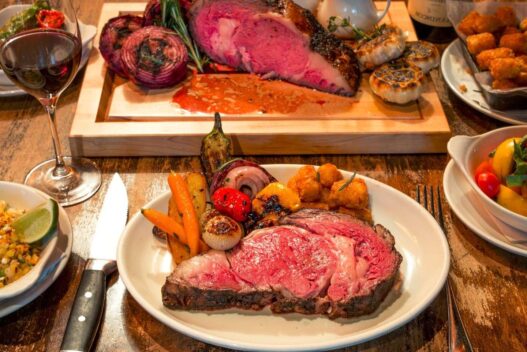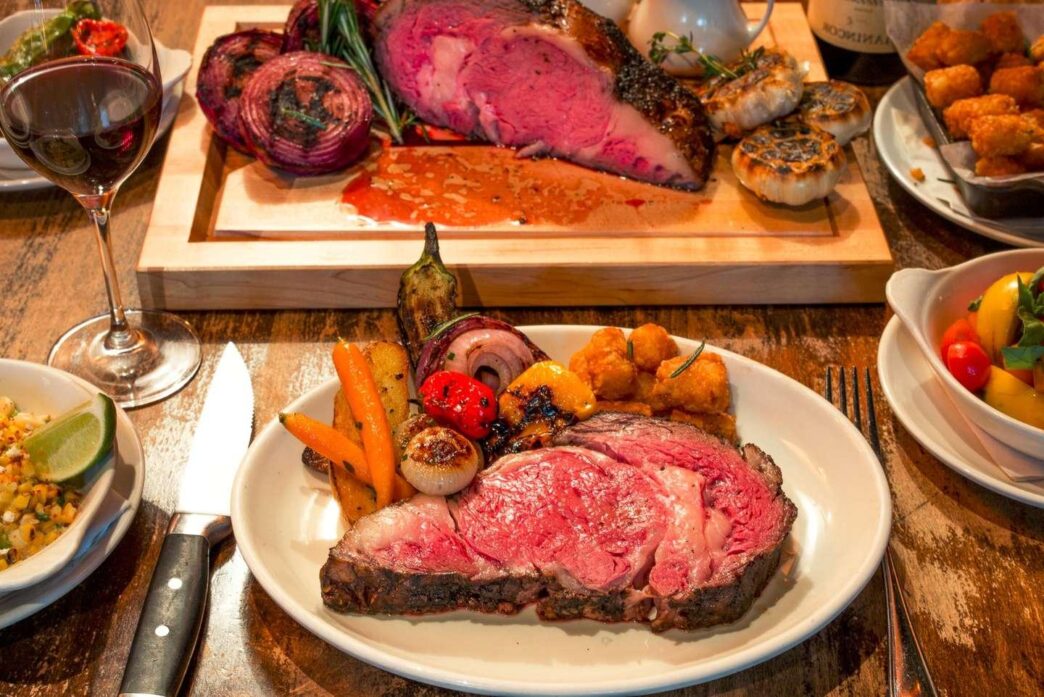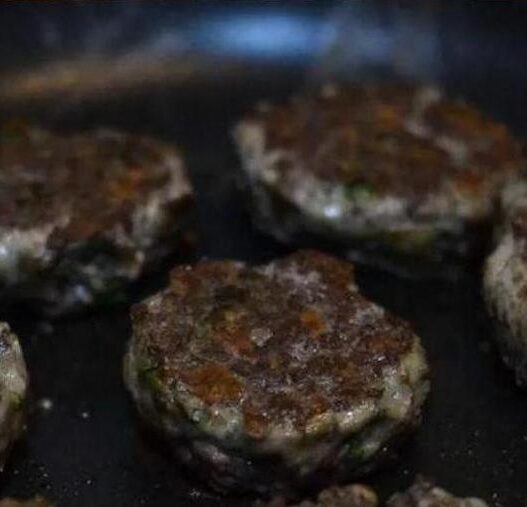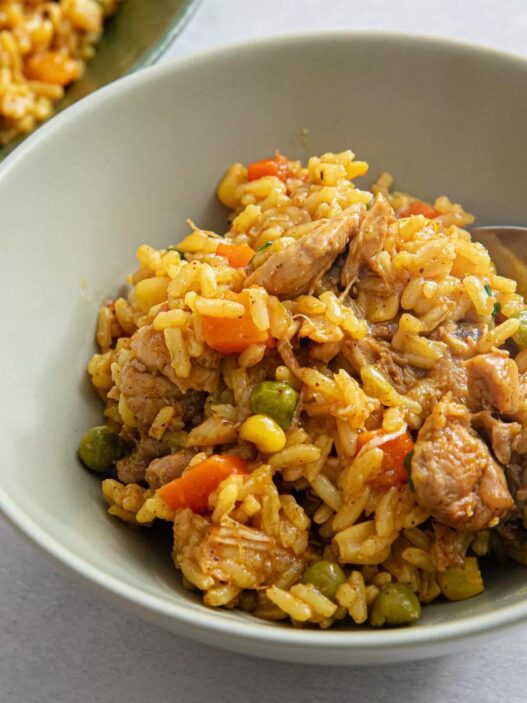Steak has long been a classic symbol of Western cuisine. When most people think of a fine dining experience, they imagine a candle-lit dinner with steak and red wine, accompanied by elegant violin music. The juicy, tender texture of steak, with its marbled fat, is a true indulgence for food lovers around the world.
But did you know that steak didn’t originate in the West? In fact, beef dishes, including grilled steak, date back to ancient China, as recorded in the Book of Rites (Liji). Beef was once used as a symbol of strength and courage, and was often used to reward soldiers. During medieval Europe, beef consumption rose among the nobility, often prepared with prized spices like pepper.
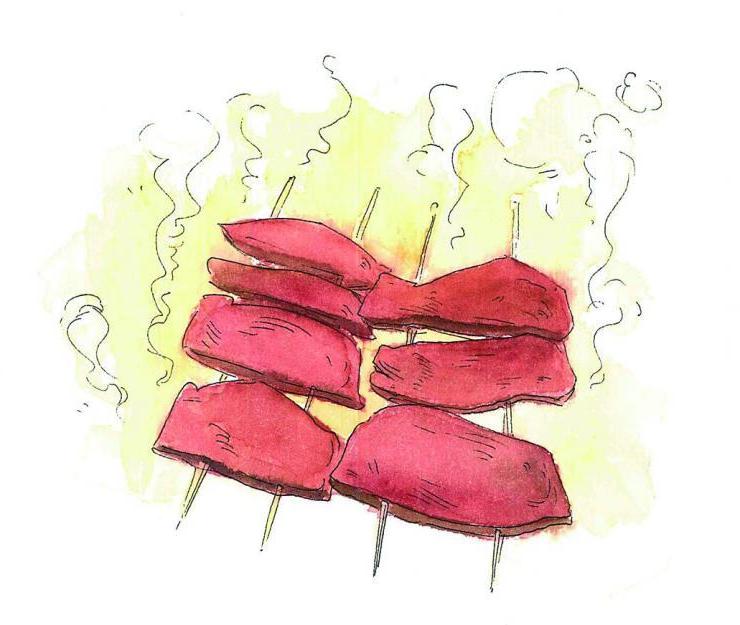
With the discovery of the Americas, beef was introduced to the New World, and today, the United States stands as the largest consumer of beef. Steak has become a staple in American cuisine, loved for its taste and versatility.
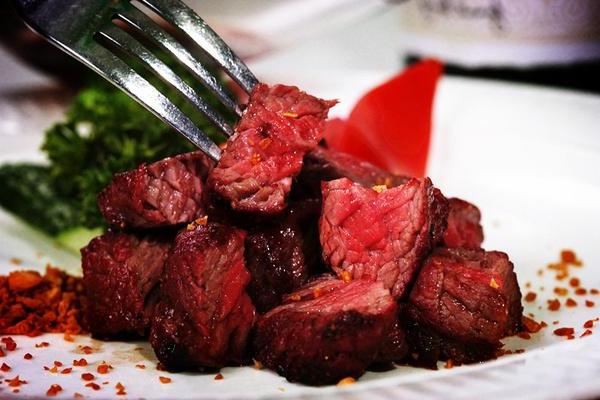
Key Factors That Impact Steak Quality
Just like seafood, the quality of steak is influenced by several factors, including freshness, origin, and grading. When it comes to the quality of beef, steaks are graded from 5A (the highest) to commercial grade. High-end restaurants, especially luxury hotels, only select the finest cuts such as 5A or 4A beef sourced from regions like North America and Australia.
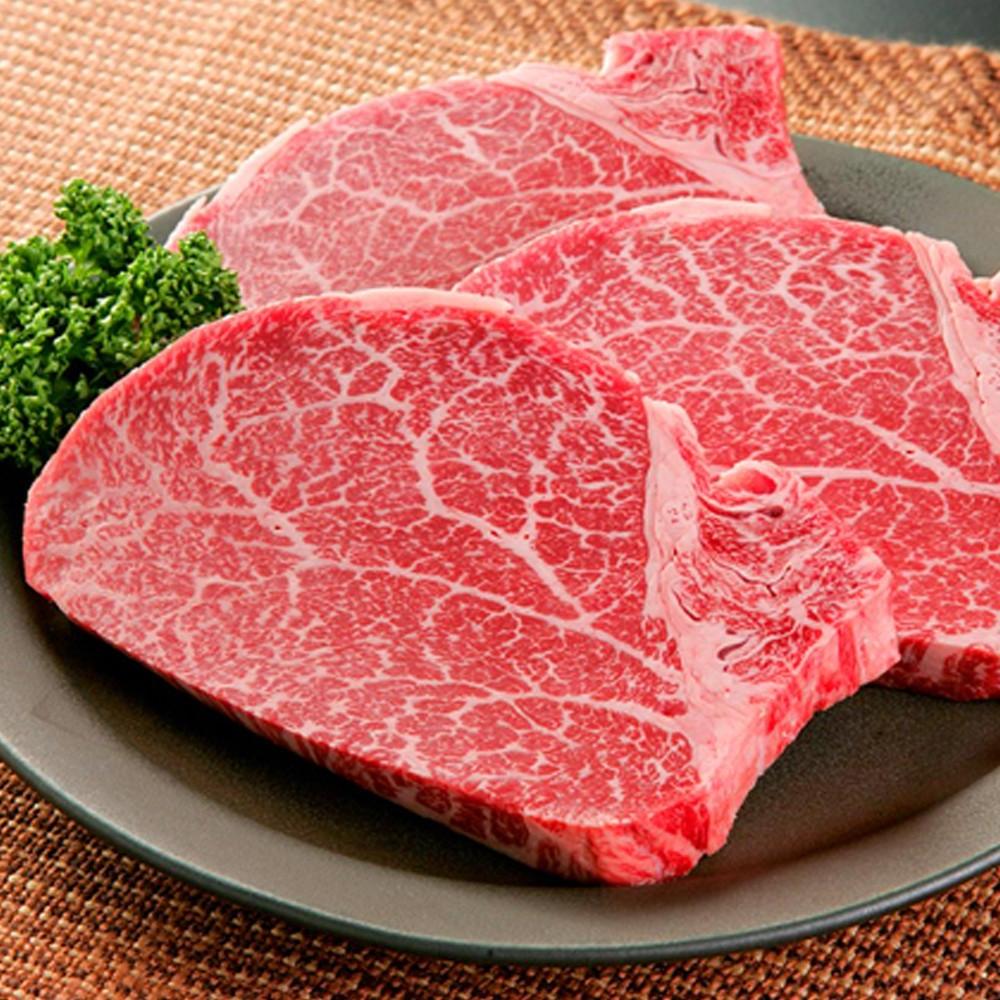
For those dining in upscale steak houses, the quality of the beef is guaranteed to be exceptional, though it often comes at a higher price.
Different Steak Cuts You Need to Know
Fillet Steak (Fillet Mignon)
Often called tenderloin or beef tenderloin, this cut is taken from the rear end of the cow. It’s the most tender piece of beef, lean with almost no fat. Because of its delicate texture, it’s best served rare to medium rare. This cut is ideal for those who prefer a lighter steak or have dietary restrictions.
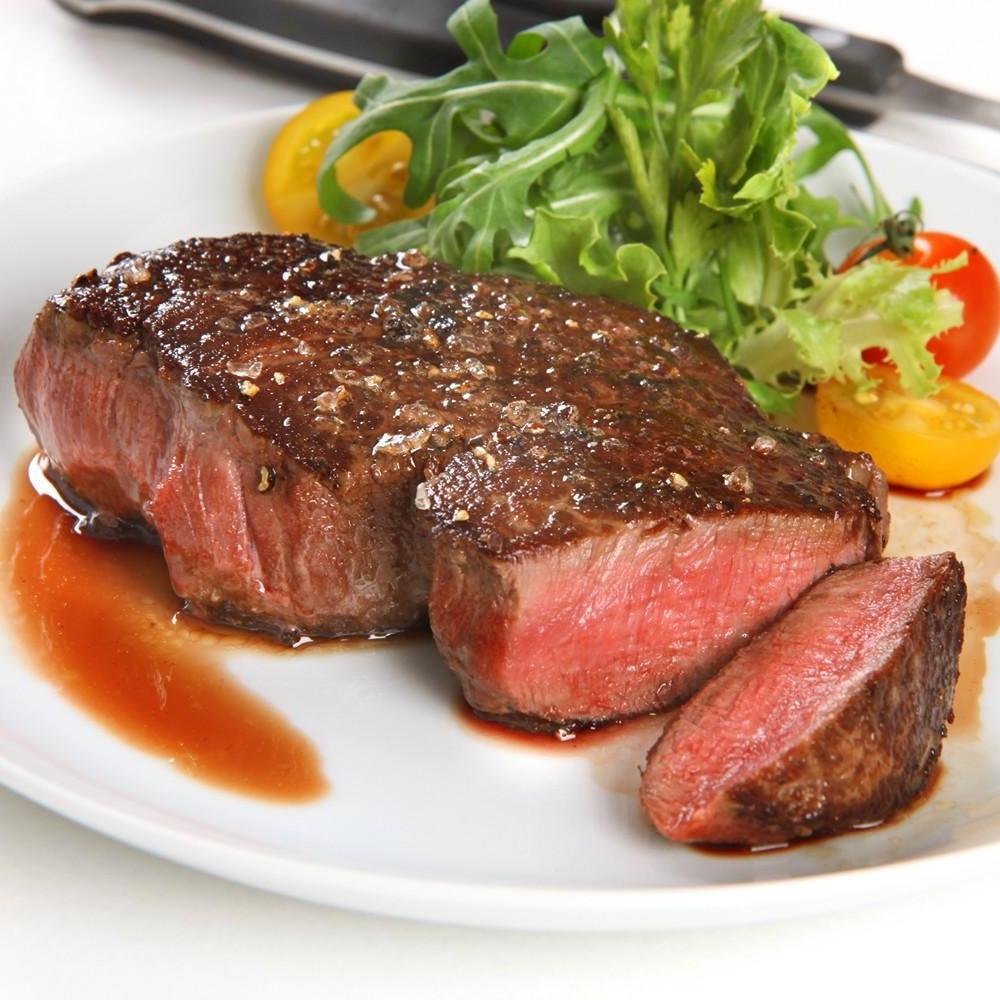
Sirloin Steak (New York Strip)
Also known as “New Yorker” steak, this cut comes from the rear back of the cow. With a good balance of fat and lean meat, it’s more robust in flavor and juicier than fillet. Perfect for steak lovers who want something with a bit more bite.
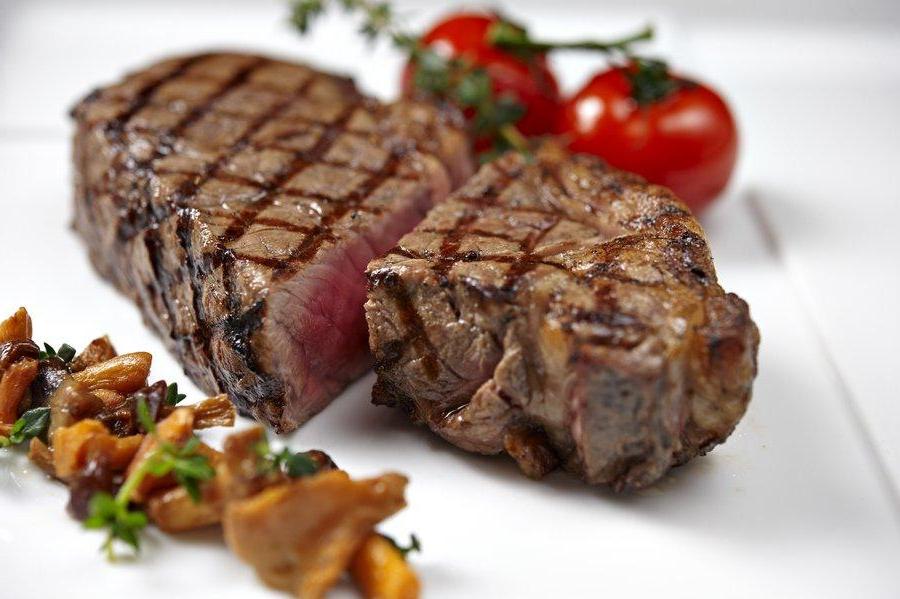
T-Bone Steak
A popular choice for those wanting the best of both worlds. The T-bone steak includes both a sirloin section and a fillet section, divided by a T-shaped bone. This cut offers a juicy, flavorful experience with contrasting textures from the two different cuts of meat.
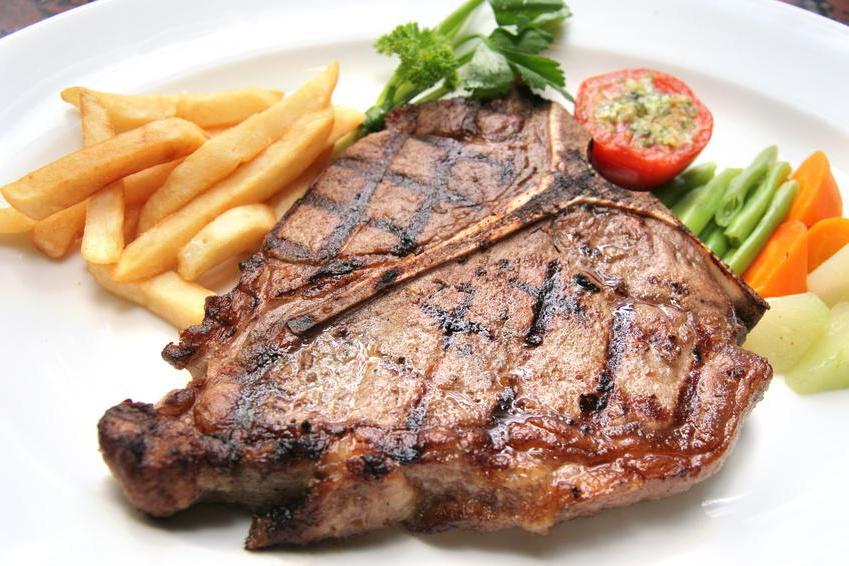
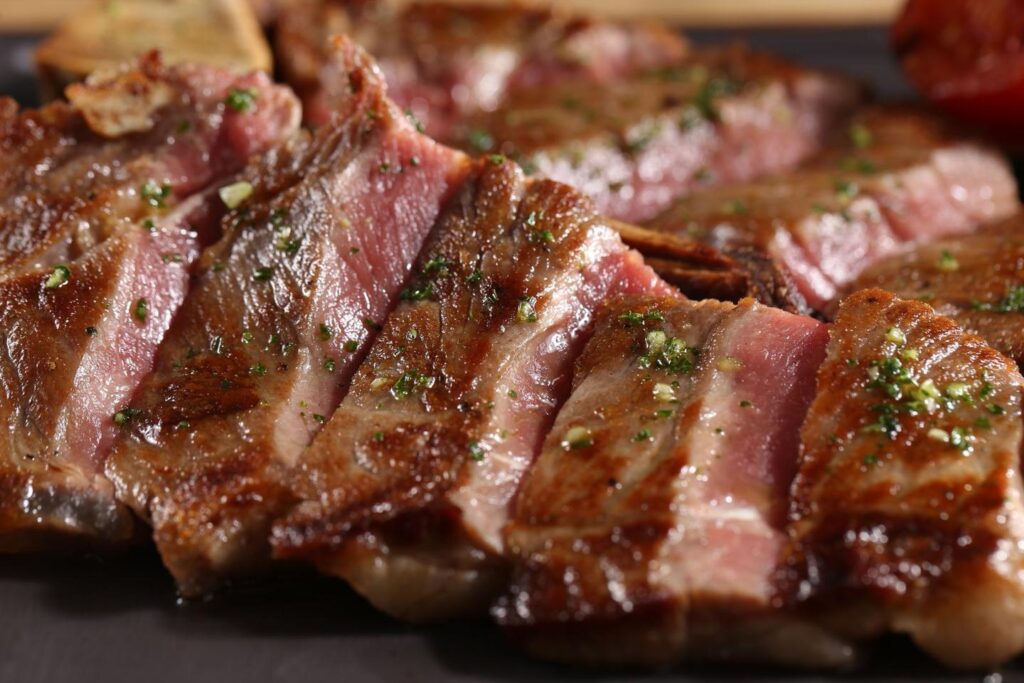
Rib Eye
This cut is taken from the rib section, with plenty of marbling, which makes it incredibly juicy and flavorful. Known for its rich fat content, rib-eye is perfect for steak lovers who prefer a tender and fatty texture.
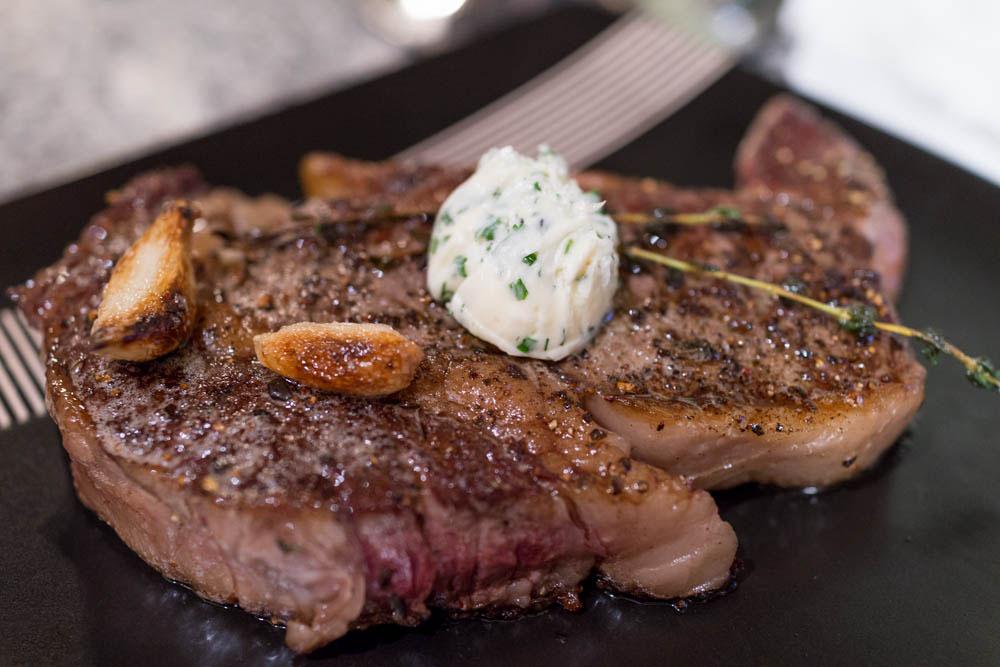
Short Ribs
Usually taken from the lower rib section, short ribs are rich, tender, and full of flavor. These ribs are best enjoyed well-done, as they offer a meaty texture that doesn’t require the steak to be rare or medium.
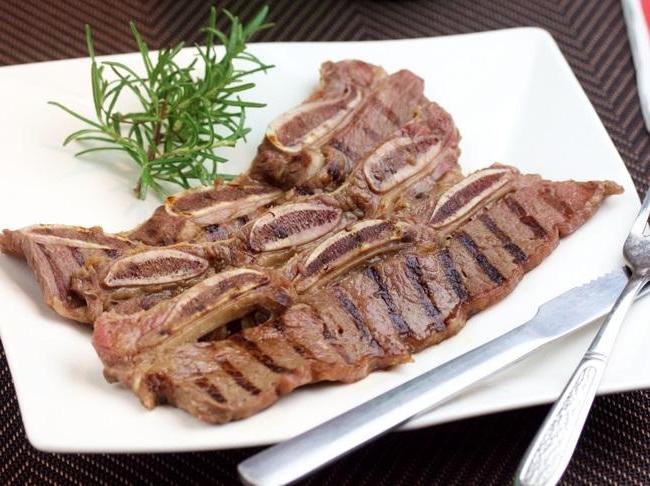
How to Choose the Right Cooking Level
When ordering steak, it’s essential to understand the different cooking levels to suit your taste preferences. Here’s a breakdown of the common doneness levels:
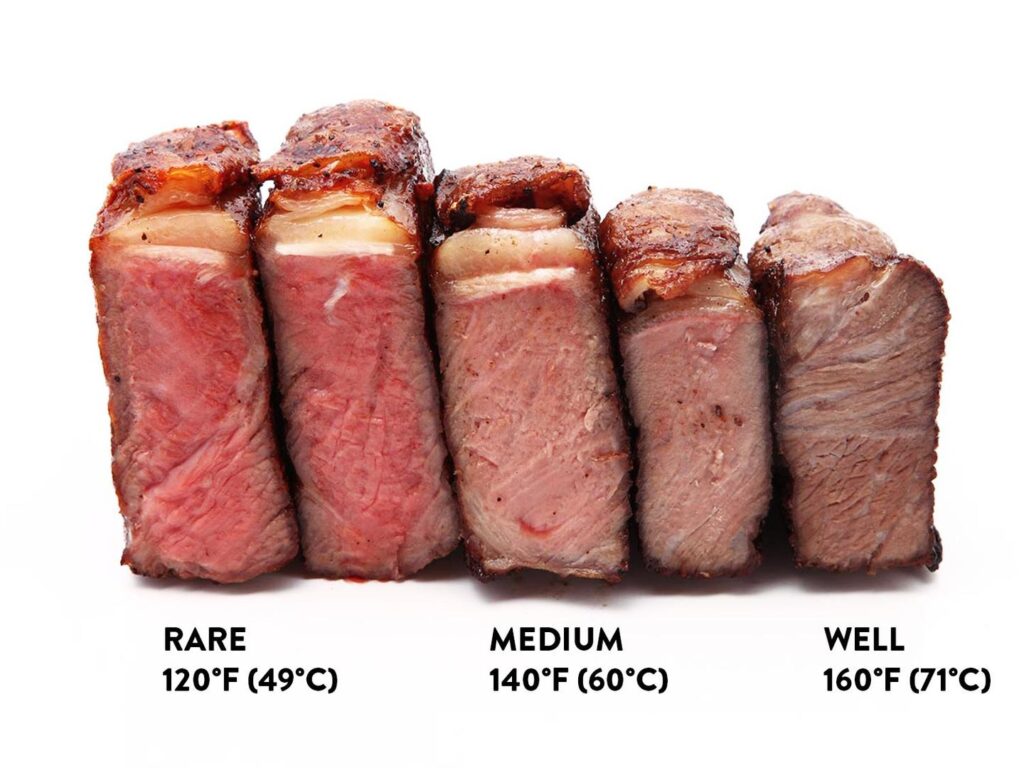
Blue Rare: Extremely rare, with only a quick sear on the outside. The inside remains cold and raw.
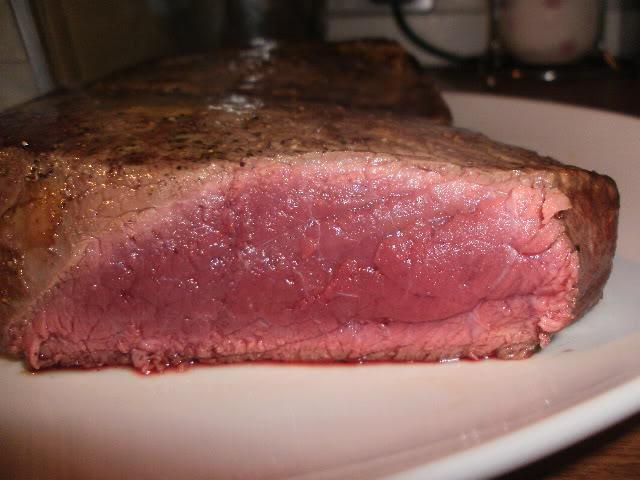
Rare: Still red in the middle with a seared outer layer. A juicy, tender choice for those who like a lot of pink.
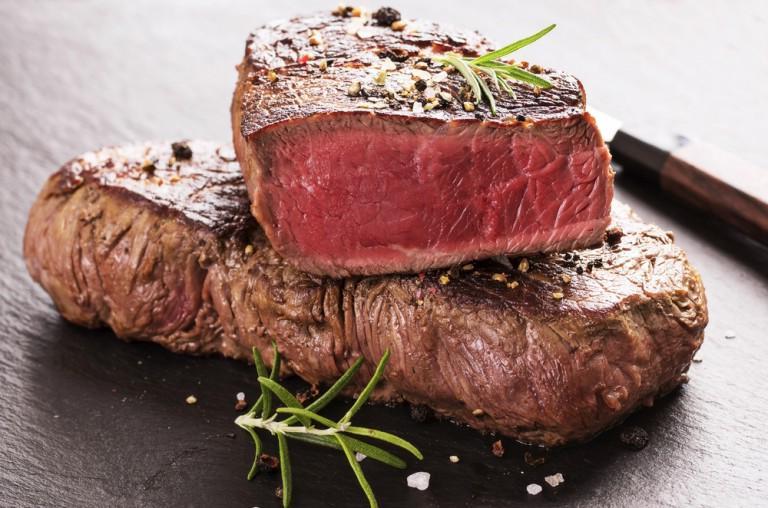
Medium Rare: Most popular with a warm, pink center. This level is perfect for retaining tenderness and flavor.
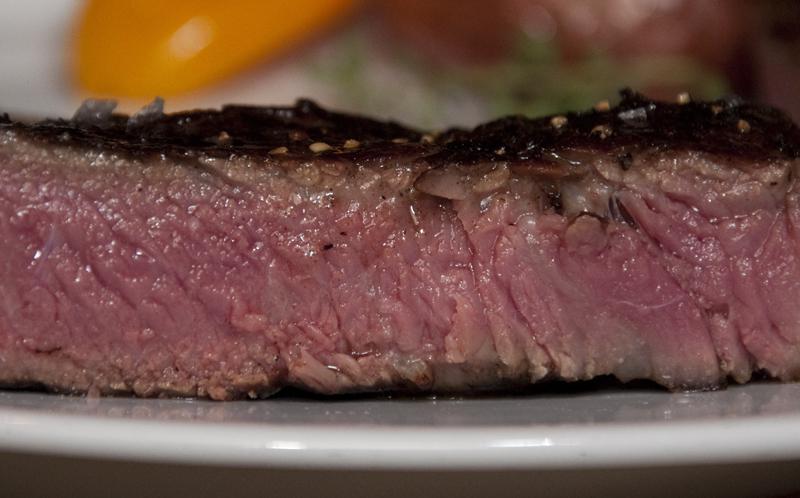
Medium: More cooked with a slight pink center. It’s the right choice for beginners who are getting accustomed to steak.
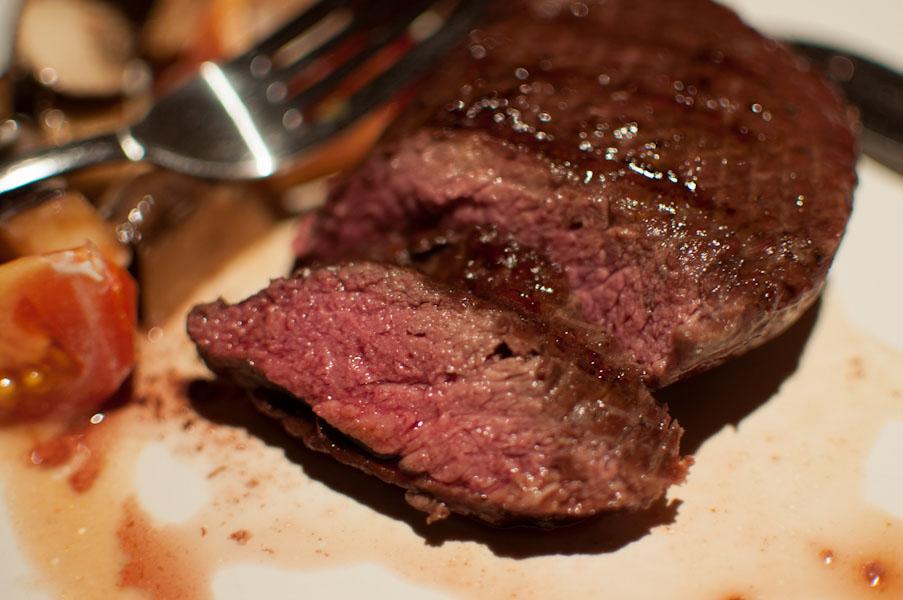
Medium Well: Almost fully cooked with a very small amount of pink remaining.
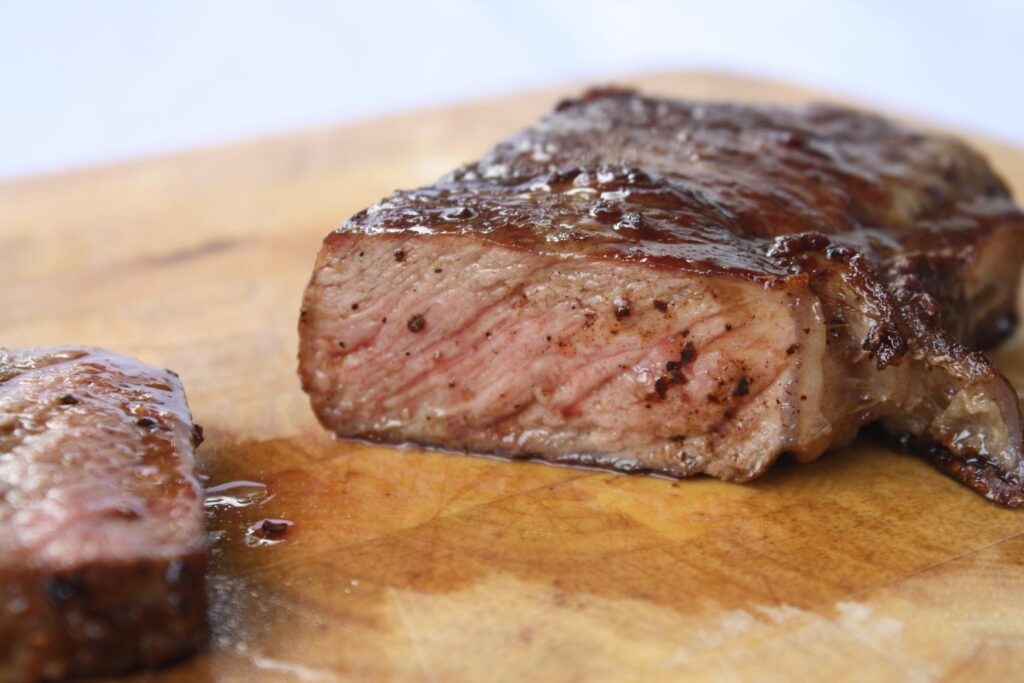
Well Done: Fully cooked with no pink, and the steak is typically tougher.
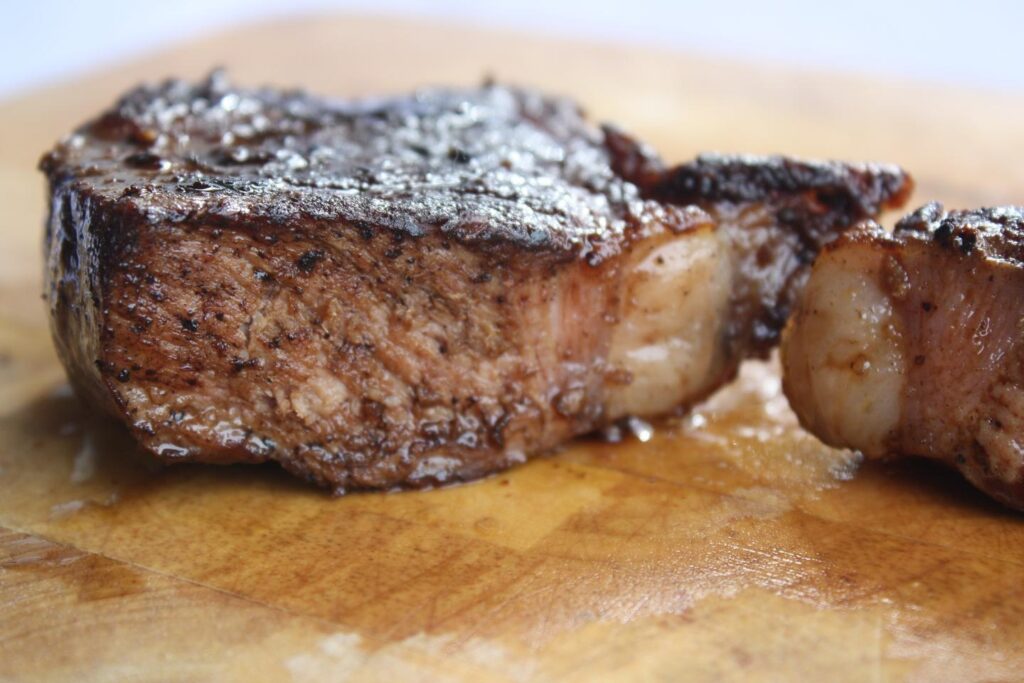
Wine Pairing with Steak
A classic pairing is steak with red wine, and for good reason! The richness of the beef complements the depth of flavors in wine. Here’s a quick guide:
- Lower doneness steaks (rare to medium rare) pair well with wines that have low tannins.
- Fatty cuts like rib-eye go best with wines that have more body and tannins, such as a bold Cabernet Sauvignon.
- For steaks that are well-seared or charred, a sweeter wine will balance out the intense flavors.
- If the steak is served with a rich sauce, opt for a wine with a fuller body and strong aromas, like Malbec or Shiraz.
